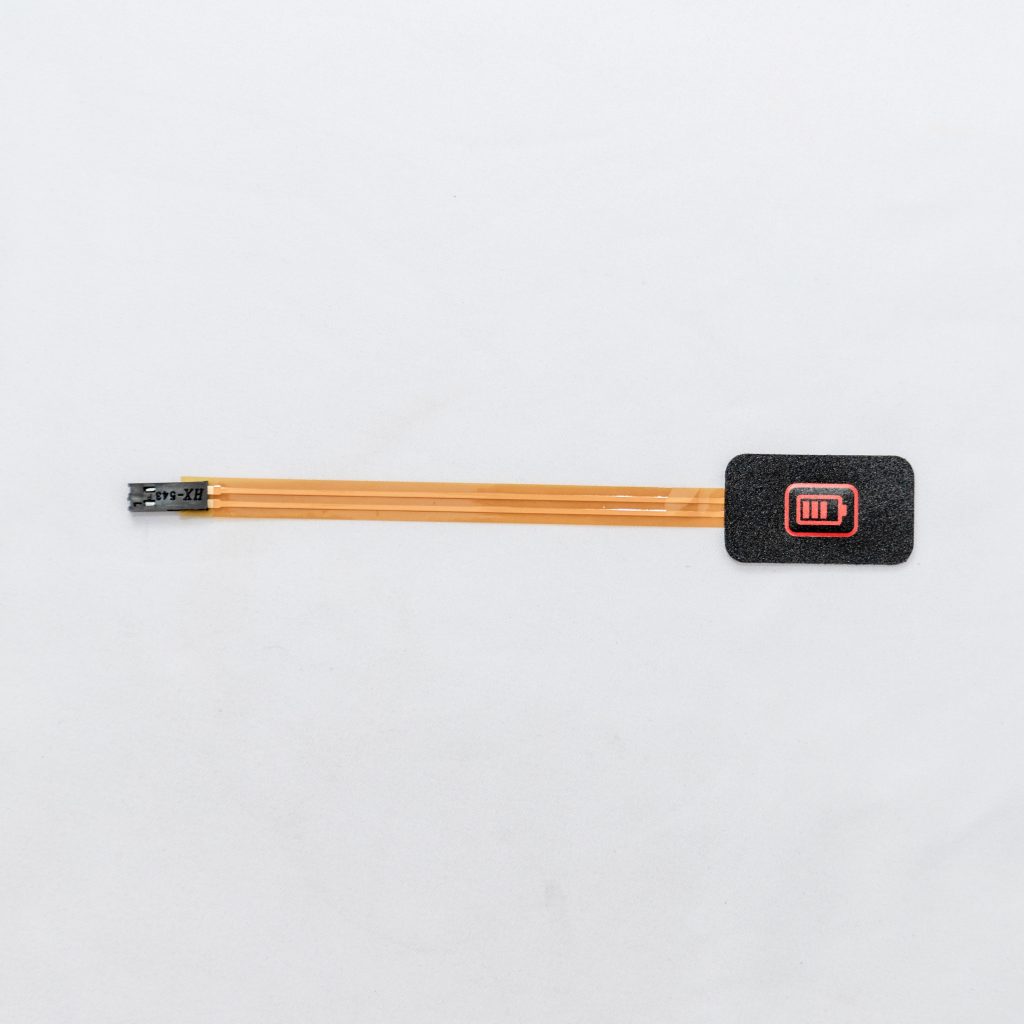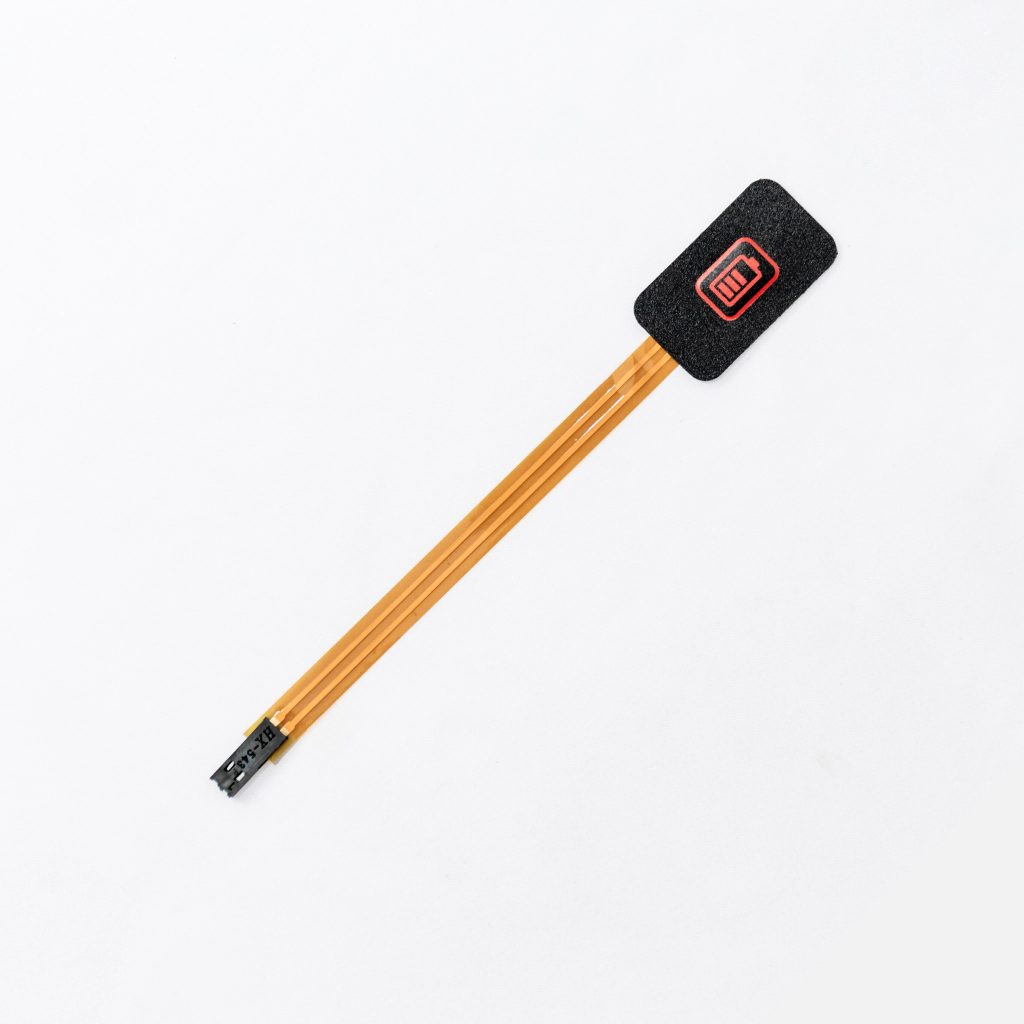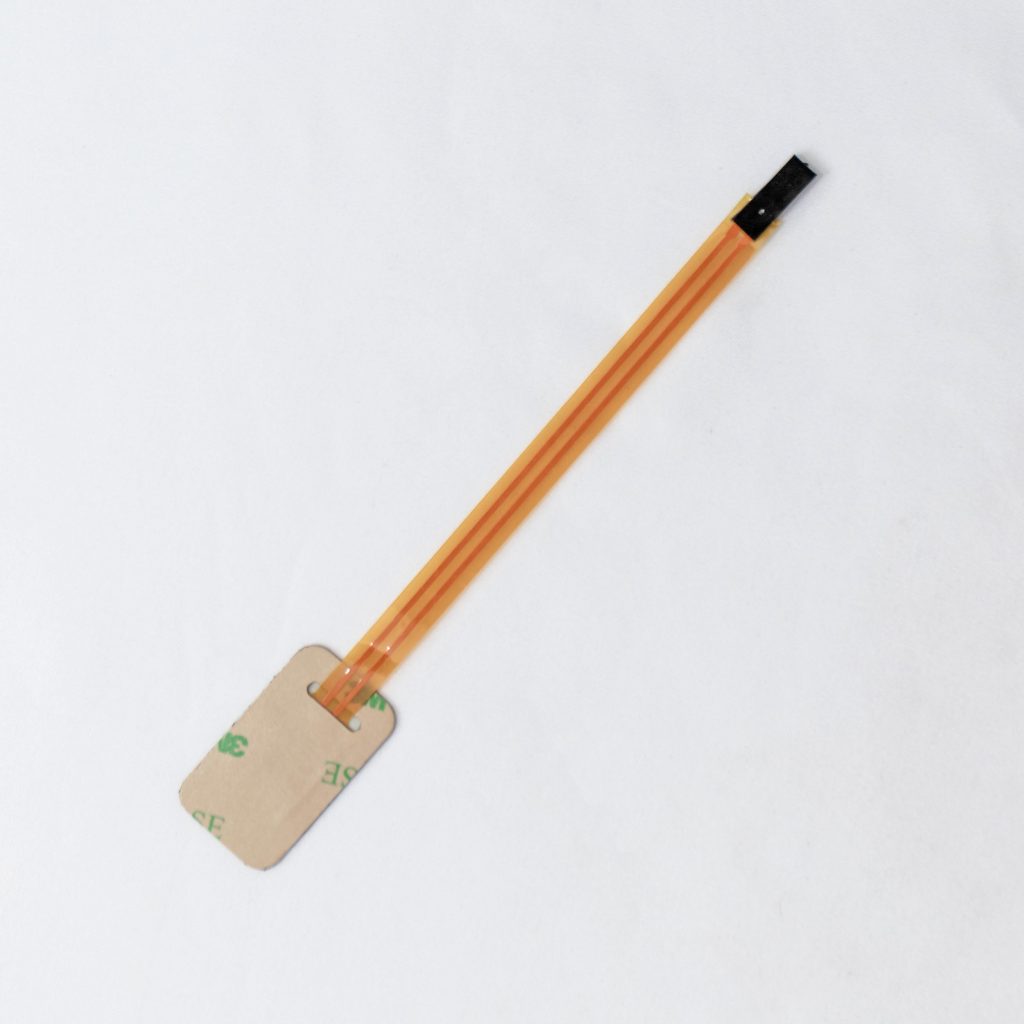Contact
Write to Us And We Would Be Happy to Advise You.
Do you have any questions, or would you like to speak directly with a representative?
By hqt
Graphic overlays play a crucial role in enhancing the functionality and aesthetics of various electronic devices. Whether it’s a control panel, medical equipment, or industrial machinery, a well-designed graphic overlay can make a significant difference in user experience. However, designing an effective graphic overlay involves considering several price critical parameters to ensure cost-effectiveness without compromising quality. In this comprehensive guide, we will explore the key factors that influence the price of graphic overlays and provide insights into designing overlays that meet both budgetary and functional requirements.



Before delving into the price critical parameters, let’s understand why graphic overlays are essential components of electronic devices. A graphic overlay serves as the interface between the user and the device, enabling seamless interaction and providing vital information. These overlays not only showcase branding elements but also convey instructions, warnings, and control options. Therefore, the design, durability, and functionality of graphic overlays are of utmost importance for optimal user experience.
When designing graphic overlays, several factors come into play that affect their overall cost. By understanding these price critical parameters, manufacturers can make informed decisions to strike a balance between quality and affordability. Let’s explore each parameter in detail.
1. Material Selection
The choice of materials for graphic overlays significantly impacts their cost. Different materials, such as polycarbonate, polyester, and vinyl, vary in terms of durability, transparency, and printing capabilities. While polycarbonate offers excellent chemical resistance and durability, polyester excels in high-temperature applications. Vinyl, on the other hand, is a cost-effective option for short-term overlays. Manufacturers must carefully evaluate the requirements of the specific application to select the most suitable material that meets both performance needs and budget constraints.
2. Printing Techniques
The printing technique employed for graphic overlays plays a vital role in determining their visual appeal and cost. Commonly used printing methods include screen printing, digital printing, and flexographic printing. Screen printing is a traditional technique known for its durability and color vibrancy but can be costlier for complex designs. Digital printing allows for intricate designs and customization but may be less durable. Flexographic printing strikes a balance between cost and quality, making it a popular choice for many applications. Manufacturers must consider the intricacy of the design, desired resolution, and budget when selecting the appropriate printing technique.
3. Complexity of Design
The complexity of the graphic overlay design directly affects the production cost. Intricate designs with multiple colors, gradients, and fine details require more labor and setup time. Additionally, if the design includes embossing, debossing, or selective texturing, it adds to the overall manufacturing cost. Manufacturers should evaluate the functional and aesthetic requirements of the overlay design carefully. Simplifying the design where possible can help optimize costs without compromising usability.
4. Size and Shape
The size and shape of the graphic overlay impact both material consumption and manufacturing complexity. Larger overlays require more raw material, resulting in higher costs. Similarly, irregular shapes or overlays with intricate cutouts demand additional manufacturing steps and increased setup time. By optimizing the size and shape of the overlay, manufacturers can minimize material waste and streamline the production process, leading to cost savings.
5. Surface Finishes and Coatings
Applying surface finishes and coatings to graphic overlays enhances their durability and resistance to wear and tear. Common options include gloss, matte, and anti-glare finishes. While gloss finishes provide a vibrant appearance, matte finishes reduce glare and fingerprints. Anti-glare coatings improve readability in challenging lighting conditions. However, each surface finish or coating adds to the production cost. Manufacturers must assess the functional requirements and environmental conditions the overlay will be exposed to when deciding on the appropriate surface treatment.
6. Quantities and Lead Times
The volume of graphic overlays required and the lead time for production also affect their pricing. Ordering larger quantities often leads to economies of scale, resulting in reduced unit costs. Additionally, longer lead times allow for optimized production planning and resource allocation, which can contribute to cost savings. Manufacturers should consider their demand forecast and production capabilities to determine the most cost-effective order quantities and lead times.
FAQ 1: What is the primary purpose of a graphic overlay?
The primary purpose of a graphic overlay is to serve as the interface between the user and an electronic device. It provides vital information, instructions, and control options, enhancing the user experience.
FAQ 2: How can I choose the right material for my graphic overlay?
Choosing the right material for your graphic overlay depends on factors such as durability requirements, chemical resistance, and printing capabilities. Evaluate the specific needs of your application and consult with a trusted manufacturer to select the most suitable material.
FAQ 3: Which printing technique is best for complex designs?
For complex designs, digital printing or flexographic printing are often preferred. Digital printing allows for intricate details and customization, while flexographic printing offers a balance between cost and quality.
FAQ 4: Can I reduce the cost of graphic overlays without compromising quality?
Yes, you can reduce costs without compromising quality by simplifying the design, optimizing the size and shape, and ordering larger quantities to benefit from economies of scale.
FAQ 5: Are surface finishes and coatings necessary for graphic overlays?
Surface finishes and coatings enhance the durability and aesthetics of graphic overlays. The necessity of specific finishes depends on the functional requirements and environmental conditions the overlays will be exposed to.
FAQ 6: How can I optimize the pricing and lead times for graphic overlays?
To optimize pricing and lead times, carefully plan your order quantities based on demand forecasts. Longer lead times allow for efficient production planning and resource allocation, potentially resulting in cost savings.
Designing graphic overlays involves considering several price critical parameters to strike a balance between functionality and affordability. By carefully selecting materials, printing techniques, and surface finishes, manufacturers can optimize costs without compromising the quality and usability of the overlays. Additionally, simplifying the design, optimizing size and shape, and planning production quantities and lead times intelligently contribute to overall cost-effectiveness. With this comprehensive guide, you are now equipped with the knowledge to make informed decisions when designing graphic overlays that meet both your budget and functional requirements.
Do you have any questions, or would you like to speak directly with a representative?